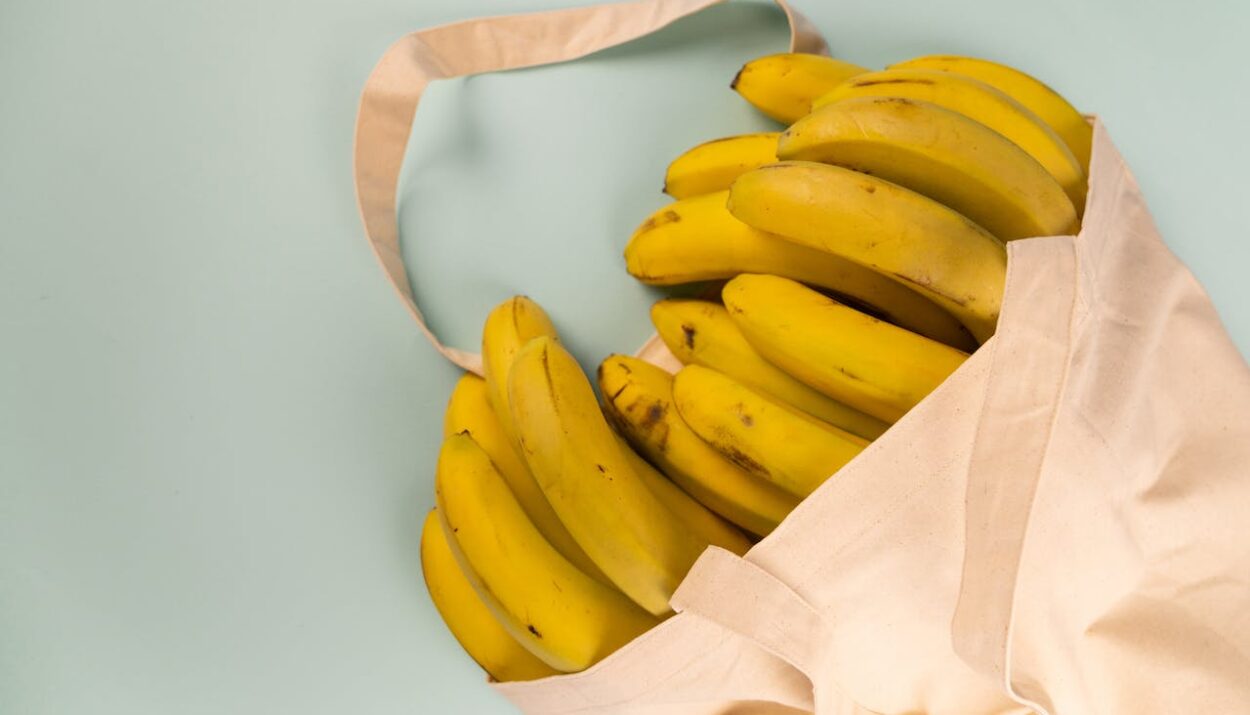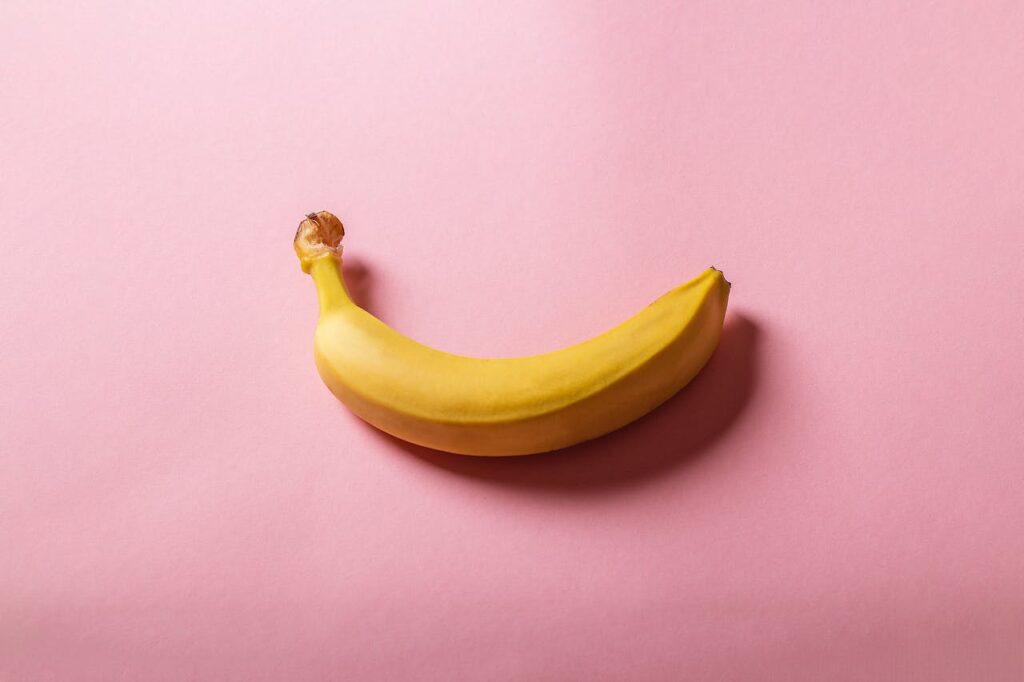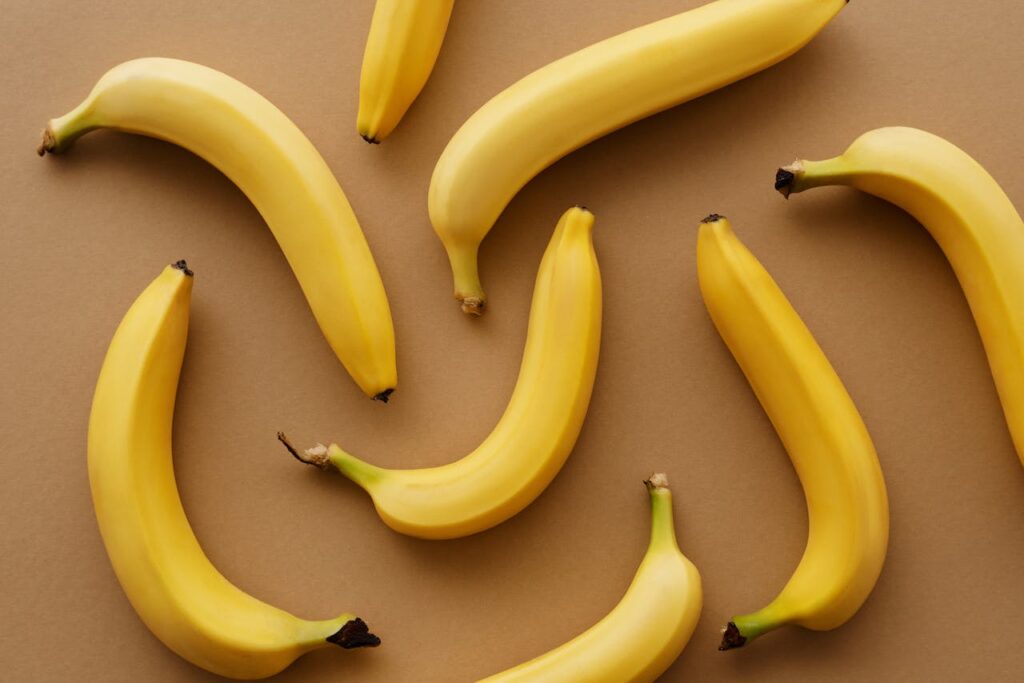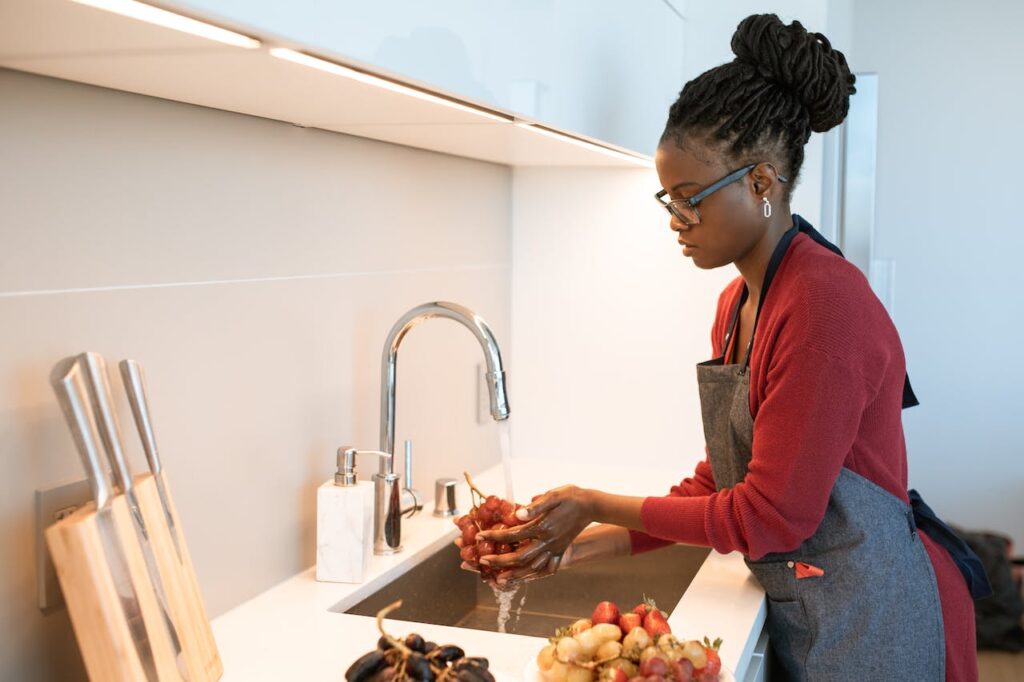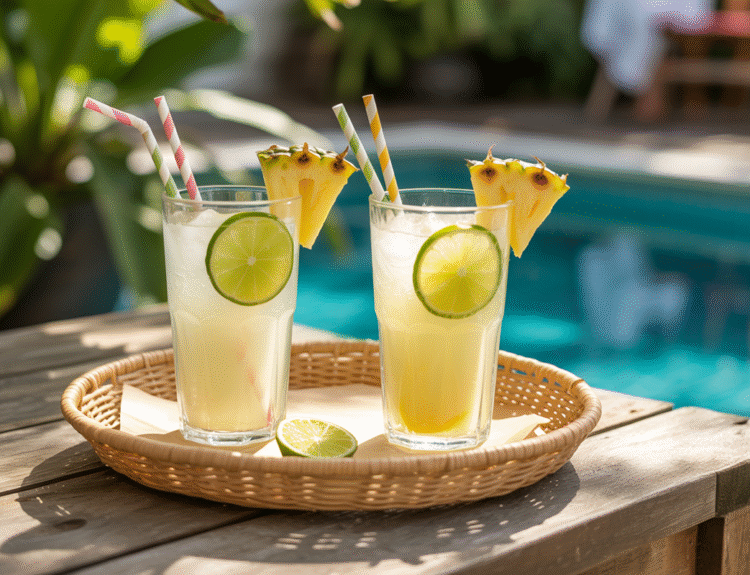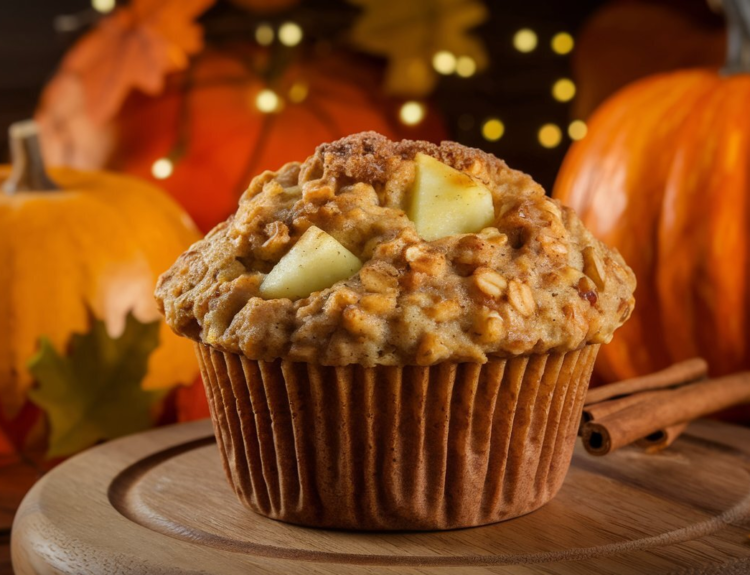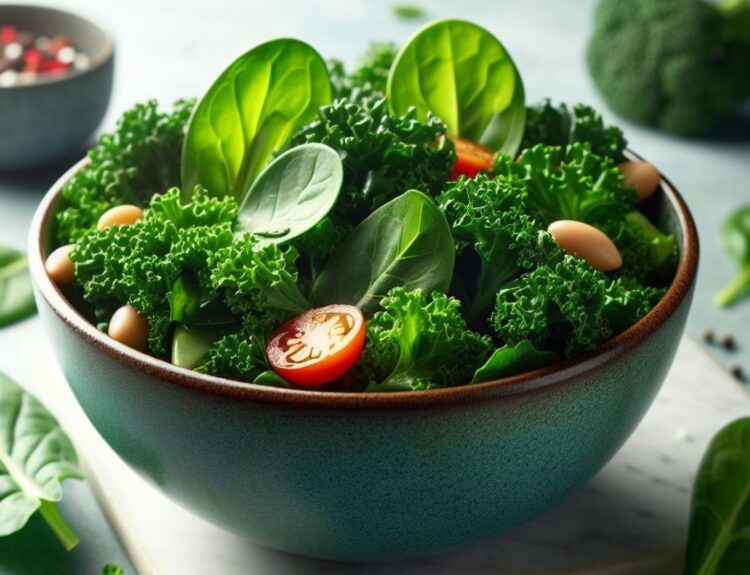Explore how to wash banana peel and grasp its significance for your well-being. Our guide offers practical methods to guarantee your bananas are flawlessly clean. Delve into the nutritional advantages of banana skins and intriguing insights into banana hygiene. Embark on this enlightening journey toward a healthier lifestyle with us.
Discover how to wash banana peels effectively. Uncover the significance of banana hygiene and adopt clean eating habits today!
In this article:
- Why you should wash bananas before consumption
- Unveiling the nutritional riches of banana skins
- How to wash banana if you choose to eat peel
- How to wash banana if you do not eat peel
- How to wash banana peel vs. cleaning other fruit peels
WHY YOU SHOULD WASH BANANAS BEFORE CONSUMPTION
Washing bananas before consumption is crucial in ensuring hygiene and safety in your diet. While bananas have a thick peel that protects the fruit inside, it’s essential to recognize that the outer skin can still harbor contaminants. Pesticides used during cultivation, dirt, and handling during transportation and storage are among the potential impurities that might cling to the peel. Washing bananas removes these contaminants, reducing the risk of ingesting harmful substances.
Furthermore, proper washing eliminates dirt and residues that can transfer from your hands to the fruit’s flesh when peeling. This practice enhances the overall cleanliness of the banana, which is essential in preventing the spread of bacteria and viruses.
Additionally, washing bananas is crucial if you plan to consume the peel. While not a common practice in many parts of the world, some cultures utilize banana peels in cooking or for their potential nutritional benefits. Washing the peel becomes imperative in such cases, as it removes any external impurities before consumption.
Incorporating the habit of washing bananas into your daily routine contributes to a healthier lifestyle. By understanding the rationale behind this practice, you empower yourself to make informed choices about your food, promoting your health and peace of mind.
UNVEILING THE NUTRITIONAL RICHES OF BANANA SKINS
Exploring beyond the commonly consumed banana flesh reveals a wealth of nutrients hidden within the often-neglected banana skins. Contrary to popular belief, these skins, which many consider mere waste, are packed with essential vitamins, minerals, and antioxidants that can improve overall well-being.
Banana skins are particularly rich in dietary fiber, promoting digestive health and aiding in proper digestion. In addition, the high fiber content helps regulate blood sugar levels, making them a favorable choice for individuals managing diabetes. Additionally, banana skins contain significant amounts of potassium. This vital mineral supports heart health and maintains optimal blood pressure levels.
Furthermore, these unassuming peels are abundant in antioxidants, pivotal in neutralizing harmful free radicals in the body. Antioxidants are known for their anti-inflammatory properties and ability to boost the immune system, fortifying the body’s defense against various diseases.
Banana skins are also a source of vitamin B6, essential for brain development and function, and manganese, a mineral crucial for bone health and wound healing. Embracing the nutritional benefits of banana skins adds diversity to your diet and contributes significantly to your overall health.
There are myriad ways these often-discarded parts can be incorporated into your culinary ventures, promoting a sustainable approach to food. In the video above, see how to include banana peel in your diet.
HOW TO WASH BANANA IF YOU CHOOSE TO EAT PEEL
For those adventurous individuals who embrace the idea of consuming banana peels, proper washing is essential to ensure cleanliness and safety. Here’s a step-by-step guide to help you prepare banana peels for consumption.
- Select fresh and ripe bananas: Choose fresh and ripe bananas, as they tend to have thinner and softer peels, making them more suitable for consumption. Avoid overripe or bruised bananas, as their peels may have deteriorated.
- Thoroughly rinse the banana: Hold the banana under running water and gently scrub the peel with a soft brush or your fingers. It helps remove dirt, pesticides, and other contaminants clinging to the surface.
- Soak in vinegar solution (optional): Soak the banana peel in vinegar and water for an extra layer of cleanliness. Soak the banana peel in a solution of one part white vinegar to three parts water for a few minutes. Rinse it thoroughly under running water afterward.
- Use baking soda solution (optional): Alternatively, you can use a baking soda solution. Combine one teaspoon of baking soda with 2 cups of water. Soak the banana peel for 1-2 minutes and gently scrub it. Rinse the peel thoroughly to remove any baking soda residue.
- Pat dry or air dry: Paint the banana peel dry with a clean cloth or paper towel. Alternatively, let it air dry on a clean surface.
By following these steps, you can enjoy the nutritional benefits of banana peels while ensuring that you consume them safely and hygienically. Remember, thorough washing is critical to making your culinary adventure with banana peels a delightful and healthy experience.
HOW TO WASH BANANA IF YOU DO NOT EAT PEEL
For those who prefer savoring the tender flesh of bananas while bypassing the peel, proper washing methods are still essential to ensure the inner fruit’s cleanliness and safety. Follow these steps to prepare your bananas for consumption, focusing on the fruit itself.
- Choose fresh bananas: Opt for fresh and ripe bananas, which guarantee optimal taste and texture. Look for bananas with vibrant yellow skins, free from bruises or blemishes.
- Rinse under running water: Hold the banana and gently rub the surface with your fingers. This initial rinse helps remove visible dirt and contaminants from the skin.
- Pat dry with a paper towel: This way, you can eliminate excess moisture, ensuring a pleasant eating experience.
- Peel carefully: Once dried, carefully peel the banana using your fingers or a knife. Discard the peel, ensuring no residue from the outer skin comes into contact with the edible part of the fruit.
- Inspect for residues: Inspect the banana for any remaining residues or fibers clinging to the flesh after peeling. Remove these by rinsing the banana segments once more under running water.
Follow these simple yet crucial steps to enjoy the luscious sweetness of ripe bananas without any concerns about cleanliness.
HOW TO WASH BANANA PEEL VS. CLEANING OTHER FRUIT PEELS
Ensuring the cleanliness of fruits is a fundamental step in food safety. Washing fruits under running water is a widely recommended practice, regardless of whether you plan to eat or discard the peel. This simple act helps eliminate dirt, pesticides, and contaminants from the surface, promoting good hygiene and ensuring the consumption of clean and safe produce. The importance of this practice becomes evident when considering the potential transfer of harmful substances from the outer surface to the edible part during cutting or peeling. Washing fruits thoroughly before consumption significantly reduces this risk, making it a crucial step in your food preparation routine.
For fruits like bananas (if you do not eat peel), lemons, oranges, and avocados, a thorough rinse is sufficient before peeling, slicing, or consuming. However, fruits like apples, grapes, and peaches, which we often eat with their skins, require a more meticulous approach. To enhance the cleaning process, consider using a vinegar or baking soda solution to remove pesticides and contaminants. After washing, gently pat them dry to ensure they are clean and ready to be enjoyed. This extra effort not only enhances the safety of your food but also provides a delightful and worry-free culinary experience.
_____
By learning how to wash banana peels and other foods effectively, you’re adopting a holistic approach to wellness. Remember, clean eating isn’t just a trend; it’s a lifestyle.

